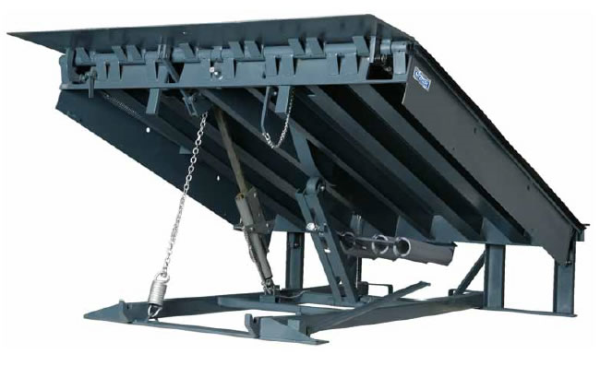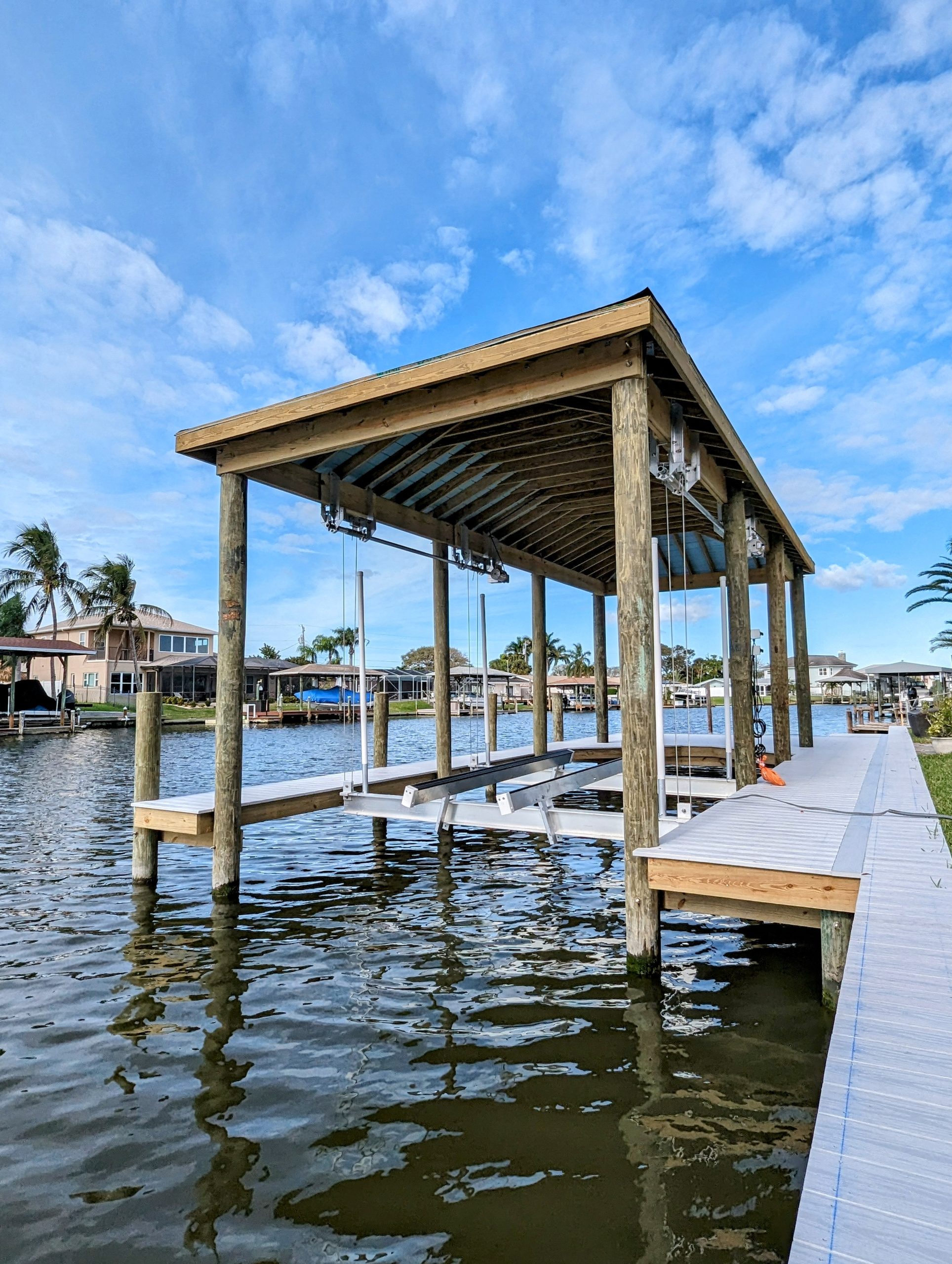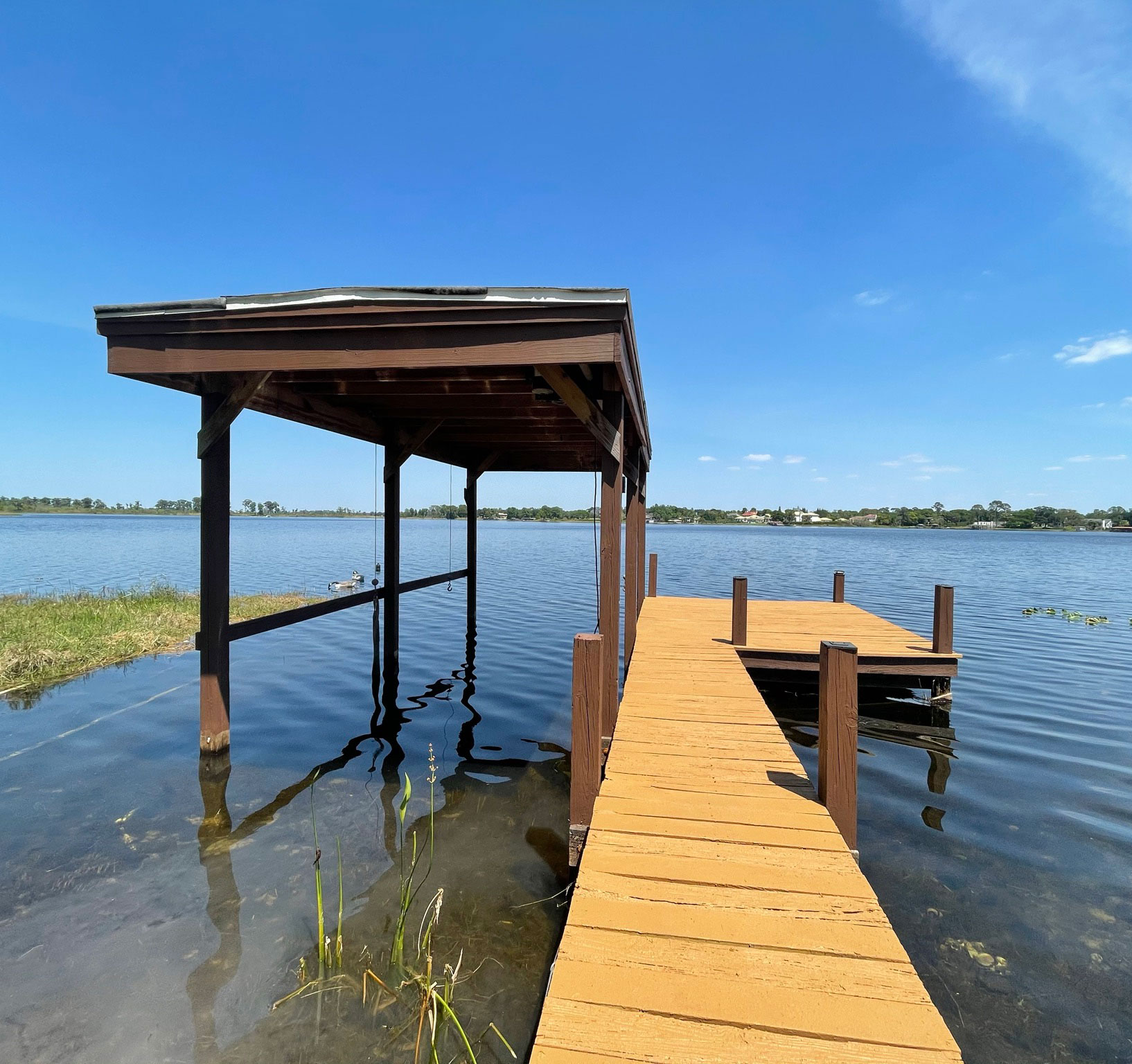Leading Signs You Required Professional Dock Repairs This Season
Leading Signs You Required Professional Dock Repairs This Season
Blog Article
Just How to Address Common Dock Repair Issues for Safe Water Activities

Identifying Common Dock Issues
Identifying common dock problems is critical for keeping the functionality and security of your waterside residential property. Regular assessments can aid uncover issues prior to they end up being extreme, ensuring both the longevity of the dock and the safety and security of those that use it.
One more common issue is the degradation of flotation protection tools. These gadgets are vital for maintaining the dock buoyant, and any kind of damage or slits can trigger the dock to list or sink. Routinely looking for leakages or waterlogged floats can preempt more significant issues.
Furthermore, algae and barnacle build-up on the dock's surface can develop slippery and unsafe problems. This biofouling not just presents a danger to users however can also accelerate the degeneration of the dock products.
Lastly, inspecting for indications of rust on steel elements is necessary. Rust can compromise the stability of the dock's framework, making it hazardous. By regularly identifying these usual dock issues, you can make sure that your dock remains useful and safe for many years to come.
Fixing Rotting Timber
When resolving the concern of deteriorating wood on your dock, it is necessary to act promptly to avoid more deterioration. Begin by thoroughly inspecting the entire structure to determine all affected areas. Make use of a screwdriver to probe the wood; if it sinks in conveniently, the timber is likely rotted and needs prompt focus.
Once determined, remove the rotted sections using a saw or chisel. Be sure to cut back to healthy, solid wood, ensuring you eliminate all compromised product. After removal, treat the remaining timber with a timber preservative to avoid future rot. This treatment will help safeguard against moisture, which is the primary reason for wood decay.
Next, change the removed sections with marine-grade lumber or pressure-treated wood, which are more immune to water damage. Protect the new items with stainless-steel or galvanized fasteners to avoid rust. Additionally, using a waterproof sealer to the brand-new wood can give an added layer of security.
Safeguarding Loosened Boards
How do you guarantee your dock stays risk-free and functional for all its customers? One essential aspect is safeguarding loosened boards, which can otherwise present considerable hazards. Loosened boards not only increase the threat of stumbling yet can also endanger the structural integrity of the whole dock.

For reinstallation, make use of galvanized or stainless steel screws, as these products offer superior resistance to rust in aquatic environments. Make sure the screws are long sufficient to permeate deep into the underlying support framework, but not as long that they protrude through the dock's surface area. Pre-drilling pilot holes can help prevent the timber from splitting.
Lastly, keep a routine examination timetable to recognize and resolve any kind of new issues immediately. By securing loose boards efficiently, you add to the general safety and security and longevity of your dock, making it a trustworthy system for water activities.
Stabilizing Unstable Pilings
Guaranteeing the security of unsteady pilings is extremely important to maintaining a risk-free and useful dock. Utilize a degree to check for upright placement and ensure they are driven deep sufficient right into the substrate to provide adequate assistance.
If the pilings are discovered to be unsteady, one reliable approach for reinforcement is making use of added supporting. Cross-bracing with dealt with lumber or galvanized steel can substantially enhance stability. Support the dental braces securely to both the pilings and the dock framework to distribute lots uniformly.

Normal upkeep and periodic review of the pilings' security are vital to making certain long-lasting dock safety and performance.
Replacing Rusty Hardware
Resolving unstable pilings is just one aspect click resources of maintaining a dock's stability; an additional vital problem is replacing rustic equipment. Over time, direct exposure to moisture and salt can result in the oxidation and deterioration of screws, bolts, and brackets, endangering the entire structure's safety and security. Routine evaluation for rust is vital, specifically after serious weather condition or seasonal modifications.
When rusty hardware is recognized, immediate action is called for. Begin by selecting marine-grade stainless-steel or galvanized hardware, both developed to withstand the severe marine setting. Make certain that you have the ideal devices, such as wrenches and screwdrivers, to securely eliminate the old, corroded items without causing further damages to the dock.
After eliminating the corroded equipment, extensively clean the impacted locations to eliminate any residual corrosion or debris. Apply a rust-inhibiting guide to exposed steel surface areas before setting up the new equipment. Tighten up all fixtures safely to avoid future loosening, and occasionally inspect the fittings to make sure continuous security.
Changing rusty equipment not only prolongs the dock's life expectancy but also considerably boosts the safety of water tasks. By proactively managing corrosion, you secure both the framework and its individuals, guaranteeing a delightful and safe and secure beachfront experience.
Conclusion
Routine evaluations and upkeep are necessary to address typical dock repair issues and ensure safe water tasks. Such aggressive actions add to the general safety and capability of dock link structures, cultivating a secure environment for water-based activities.
Making sure the security of water tasks hinges dramatically on the proper upkeep and fixing of docks (Dock Repairs). These gadgets are necessary for maintaining the dock buoyant, and any kind of damages or slits can trigger the dock to checklist or sink. By routinely determining these usual dock concerns, you can guarantee that your dock stays safe and secure and practical for years to come
Making certain the security of unstable pilings is vital to keeping a risk-free and useful dock.Routine evaluations and upkeep are important to deal with typical dock repair problems and guarantee safe water tasks.
Report this page